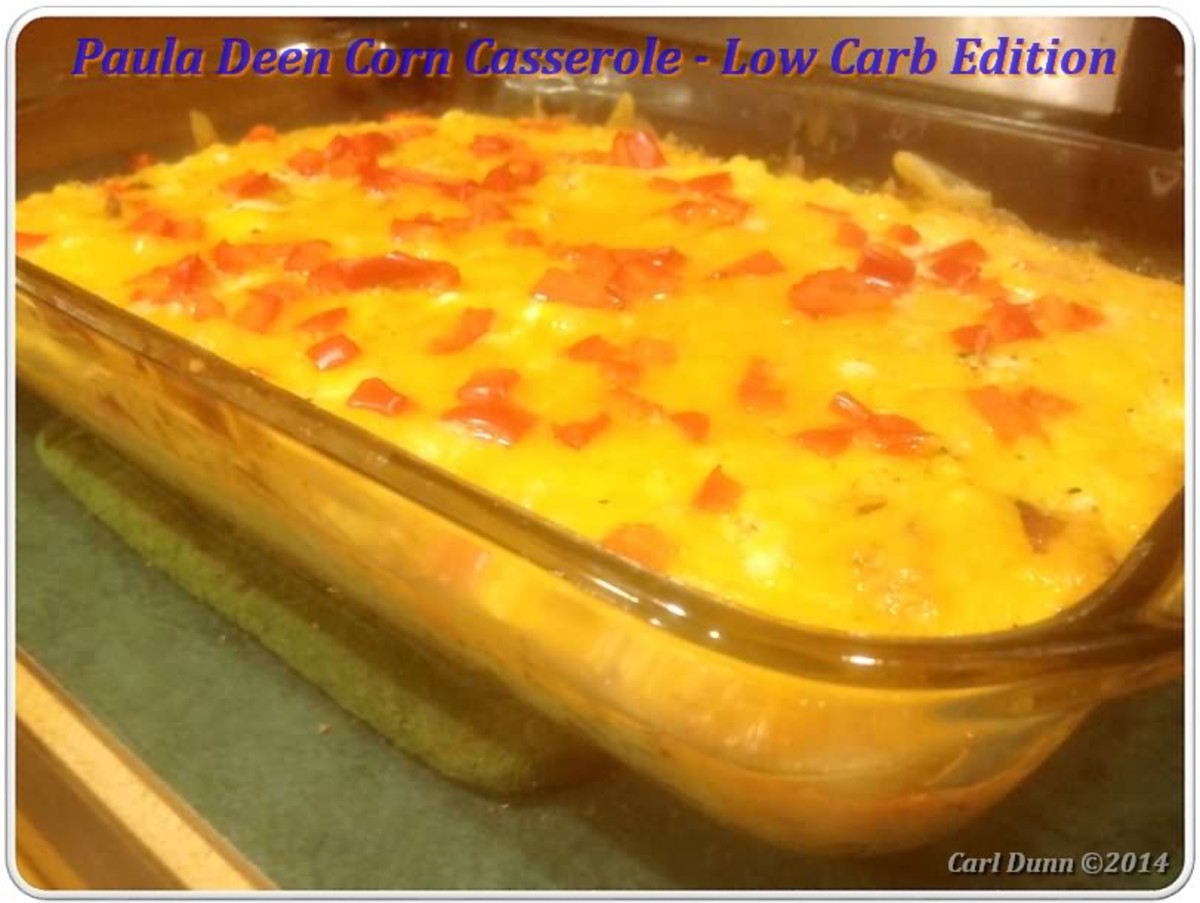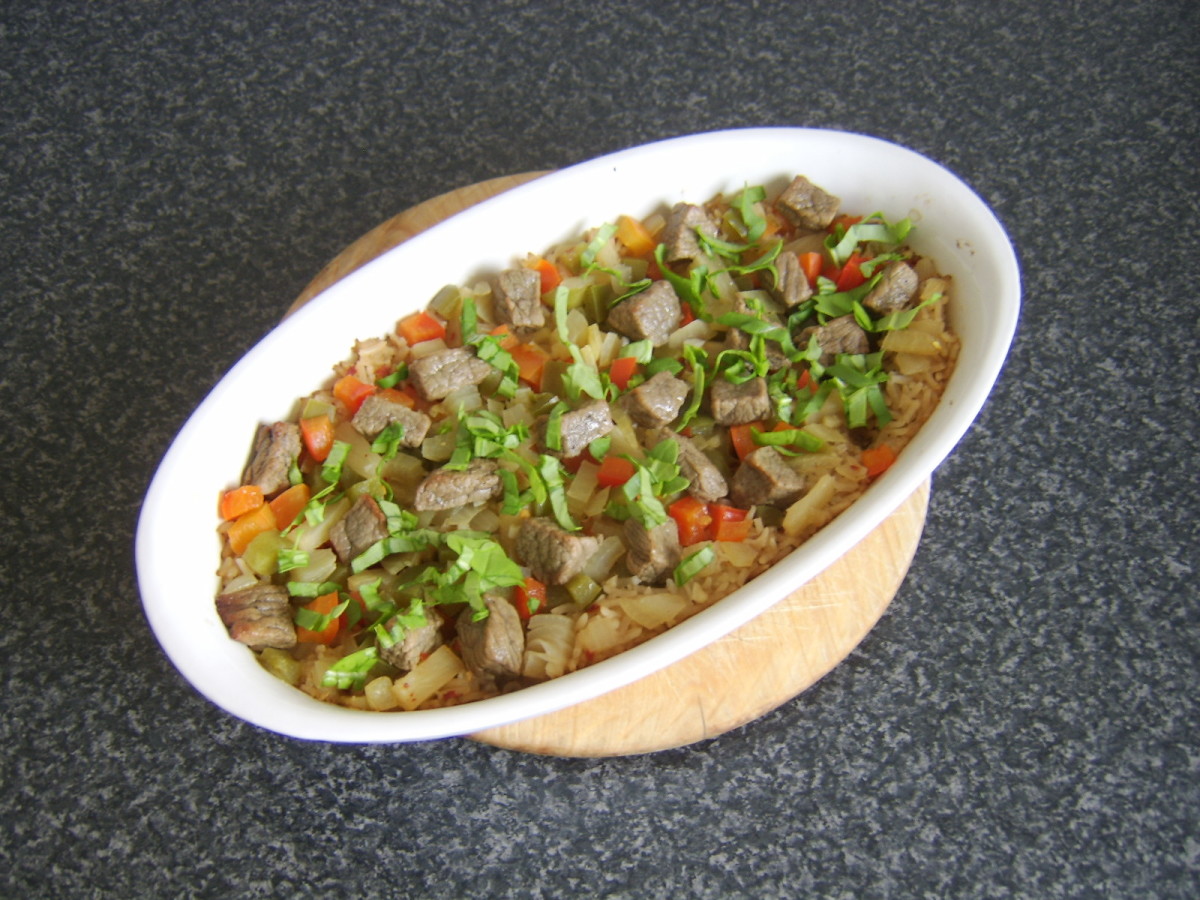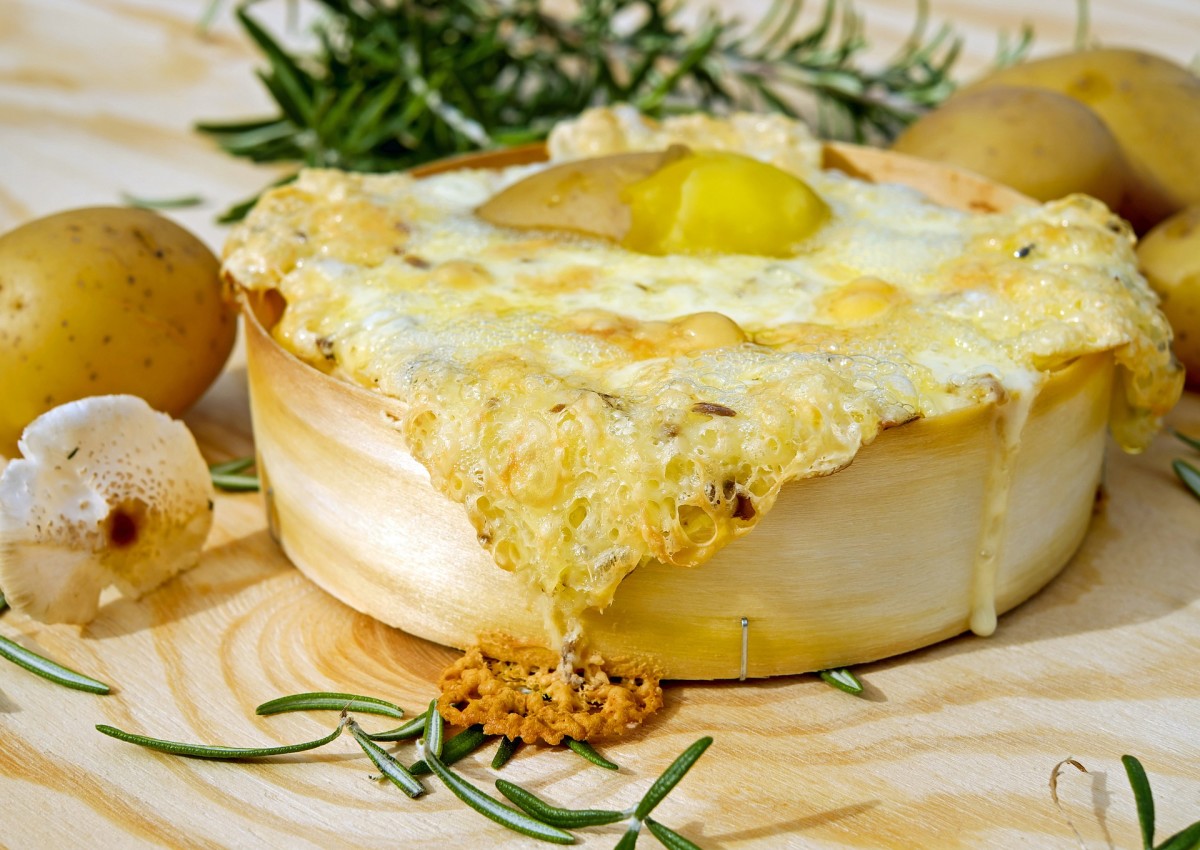A Healthier Green Bean Casserole
Gluten Free Green Bean Casserole
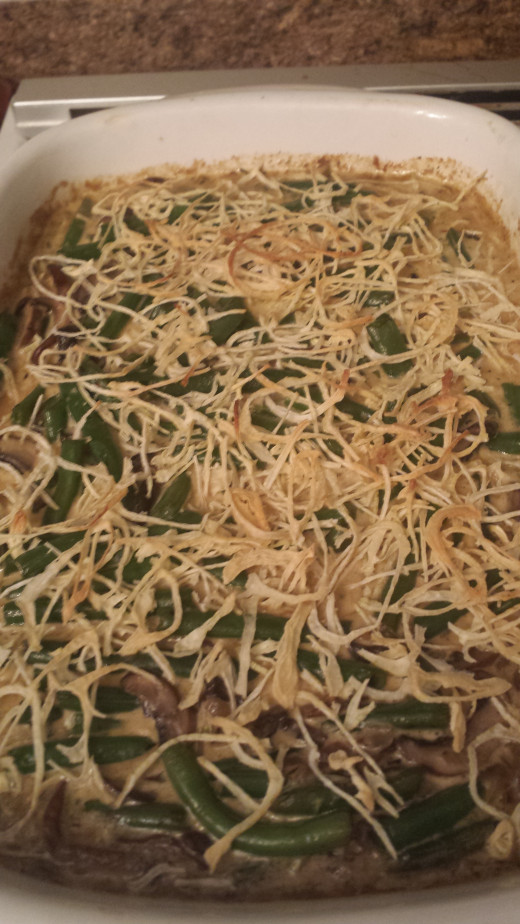
Rate this Casserole!
Sounds Simple, Doesn't it?
I'm pretty sure I've mentioned this before but I love Thanksgiving. I get very excited about it in advance and start getting a headcount of how many people will be attending the day-long event at my home and checking for food allergies and concerns of my guests. Over the last year or so a good friend of mine has been diagnosed with celiac and I've developed a bit of a fascination with gluten. So, when I invited her to Thanksgiving dinner I started pulling recipes and reviewing ingredients and was stunned to discover just how many contained gluten.
This overhaul of recipes led me to take a long hard look at one of my favorite Turkey Day sides, the green bean casserole. I have to admit that even after my review I can still wax eloquent for longer than anyone would care to listen on the sinfully salty, creamy, and gooey traditional side dish which can be made even more delicious with the addition of things like bacon, endless combinations of cheeses, monstrous slices of fresh mushrooms, or all three! Yet I was flabbergasted by my review.
First, let's walk through the base traditional recipe. 8 cups of canned green beans, 2 cans of cream of mushroom soup, 1 Cup of whole milk, 2 Tbsp. of soy sauce, 2 2/3 cups of those very special onions, and pepper to taste. Mix it up and pop it into a 350 degree oven for about half an hour. This yields about 12 servings. It sounds simple, doesn’t it? However, this dish is a little more complex than it seems.
Assuming a typical 2000 calorie diet, the sodium levels are off the chart. Each serving contains 38% of the daily recommended value. Consider that for a moment. One scoop of a single side dish contains more than a third of the amount of sodium we're supposed to consume in a single day. Each scoop is 100 calories and contains 14 grams of carbohydrates, 4 grams of sugar, 3 grams of fiber, and three grams of protein. Meanwhile, you’re looking at 2.5% of your daily recommended value of calcium, 1% of vitamin A, and less than 1% of vitamin C and iron. This seems like a poor trade off to me.
There are also numerous oils, fats or combinations thereof. These can include corn oil, canola oil, and cottonseed oil. These ingredients along with the milk put the fat per serving at 15 grams each, 3 of which is saturated.
The healthier version here has 56 fewer calories per serving, 4 fewer carbs, 12% vitamin A, 22% vitamin C, 6% iron, and 4% calcium. The sodium is less at 26%. That could be reduced further be eliminating the soy sauce but then you'd lose that traditional flavor that I believe is key to this version's success. The fat content drops to 6 grams, although 3 is still saturated because of the butter and cream. So this version is healthier on numerous fronts.
The Dehydrated Onions on the Casserole
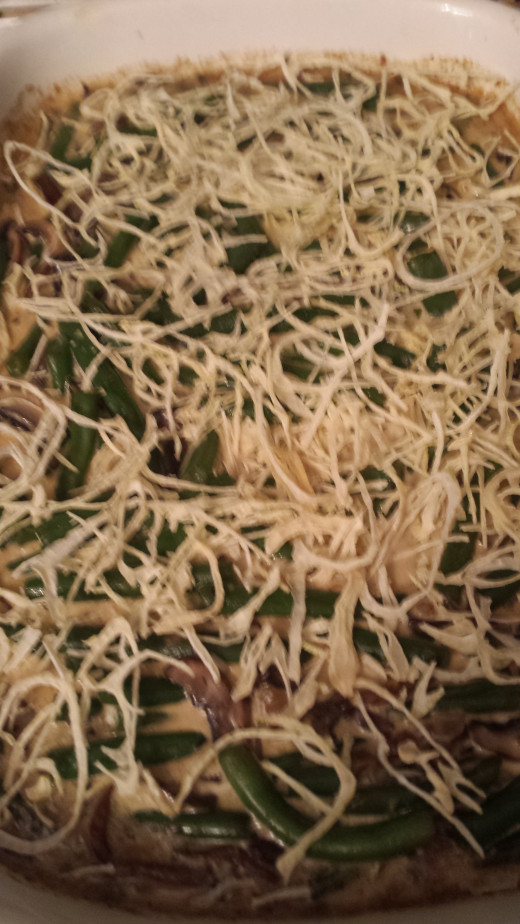
Traditional Additives
On the ingredient list we have gluten which is a no-no for my friend. The gluten can be found in the soup and in the soy sauce. There are gluten free soy sauces available. It surprises me how many things contain wheat that don’t really seem to need it. It is a thickening agent which seems to be the most common use, but there are some things that have wheat that just seems to be used as a filler--a cheap way to increase the yield on a product.
The ingredients also include monosodium glutamate, better known as MSG. If you don’t remember the uproar of early 1990’s, MSG is a flavor enhancer with some negative connotations. The FDA classifies it as “generally recognized as safe” so it is still in use but often given other less negative titles so beware anything hydrolyzed or autolyzed. It has an interesting list of alleged side effects such as headache, heart palpitations, and nausea. It also has the unusual effect of making diners feel hungry after they consume it because it can stimulate the pancreas to produce insulin, which causes the blood sugar to drop, which in turn makes people feel hungry. If you want a good scare, I recommend a book called “In Bad Taste: The MSG Syndrome”. It is a little dated, so if you read it keep in mind that the use of MSG has exploded to even more ridiculous proportions since the book came out.
Because it contains corn, wheat, soy, and canola, chances are good that it also contains GMOs (genetically modified organisms). I don’t want to break off onto too long of a tangent here, but GMOs are another one of those items that the FDA classifies as “generally recognized as safe”. Maybe you are in the same camp as my husband who insists the entire GMO Free/Organic trend is ridiculous and you are certainly entitled to your opinion.
As for me, I have definite concerns especially after perusing numerous documentaries and articles. I’m not convinced it is safe, and so I try to avoid them when I can especially when preparing food for my children. We still consume foods made from GMOs because I am not sure how to avoid them. They are not required to be labeled in the United States. Percentages vary but disturbingly 2014 presents some of the highest to date. Something like 94% of America’s soy and 93% of corn is genetically modified. There are even crops that are modified numerous ways.
Social tangent aside, you can begin to see why I was surprised by my research into this Thanksgiving standby. I immediately launched into experimentation to discover a healthier version of the classic. I hope you enjoy the results of my efforts.
Cook Time
Ingredients
- 24 ounces Fresh Green Beans
- 16 ounces Portabello Mushrooms, sliced
- 1 cup Chicken Stock
- 1 cup Heavy Cream
- 2 tsp Kosher Salt
- 5 grinds Freshly Ground Pepper
- 2 Dehydrated Vidalia Onions
- 2 Tbsp cornstarch
- 1 Tbsp unsalted butter
- 1 Tbsp Olive oil
- 1/2 tsp Fresh Sage, chopped
- 1/2 tsp Fresh Parsley, chopped
- 2 Cloves Garlic, minced
- 1 medium Yellow Onion, diced
- 1/4 tsp crushed red pepper flakes
- 2 1/2 Tbsp gluten free soy sauce
Ingredients
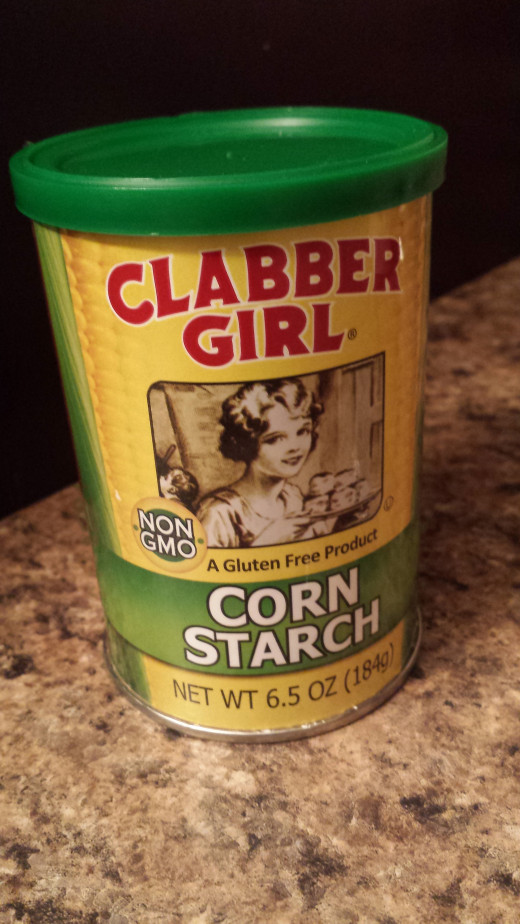
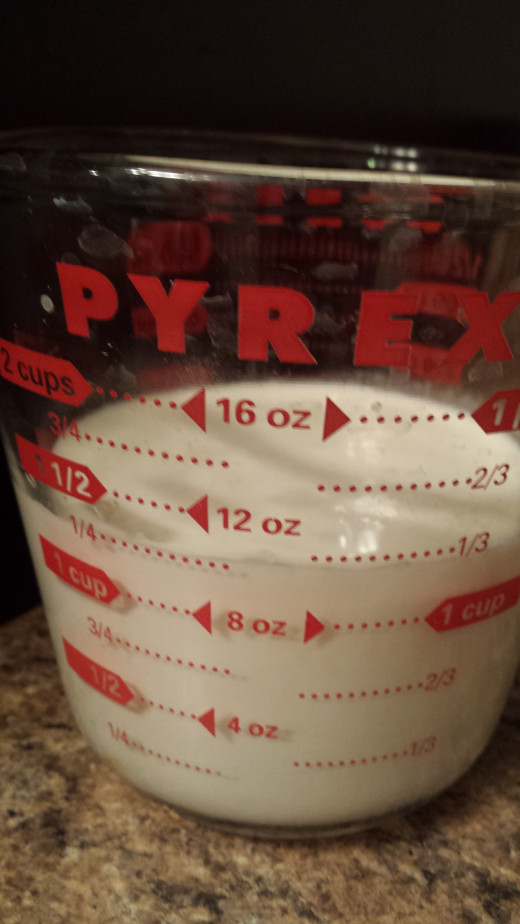
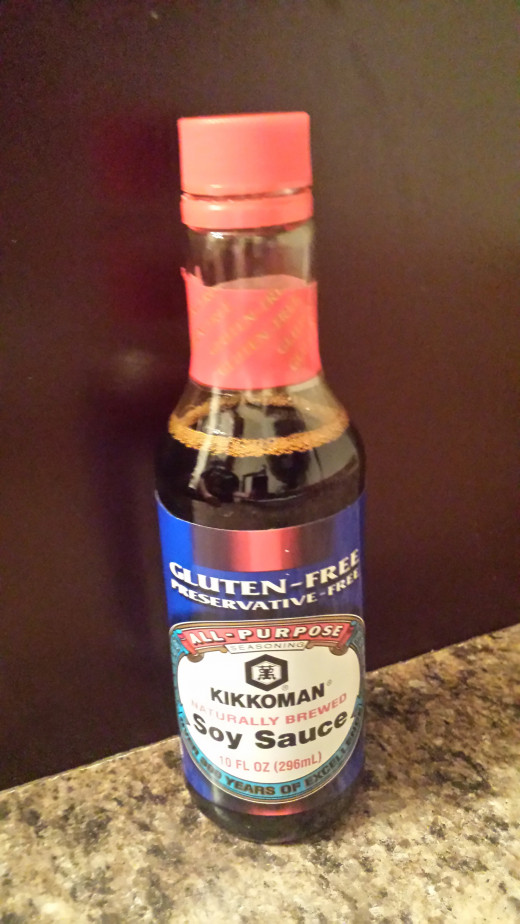
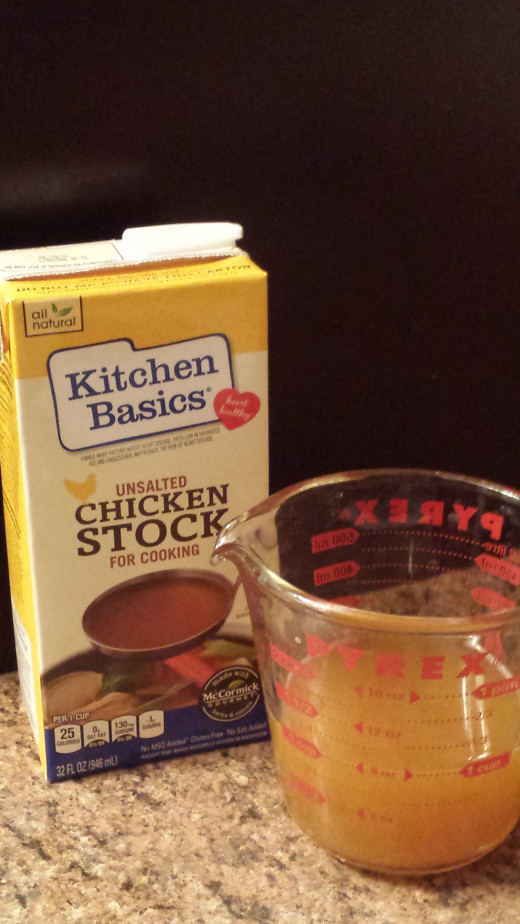
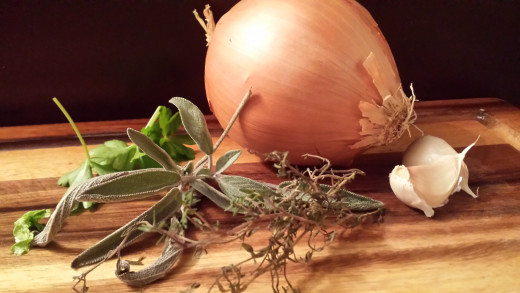
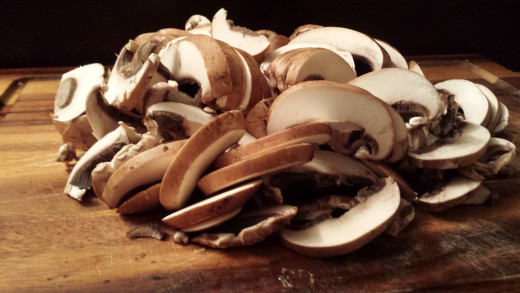
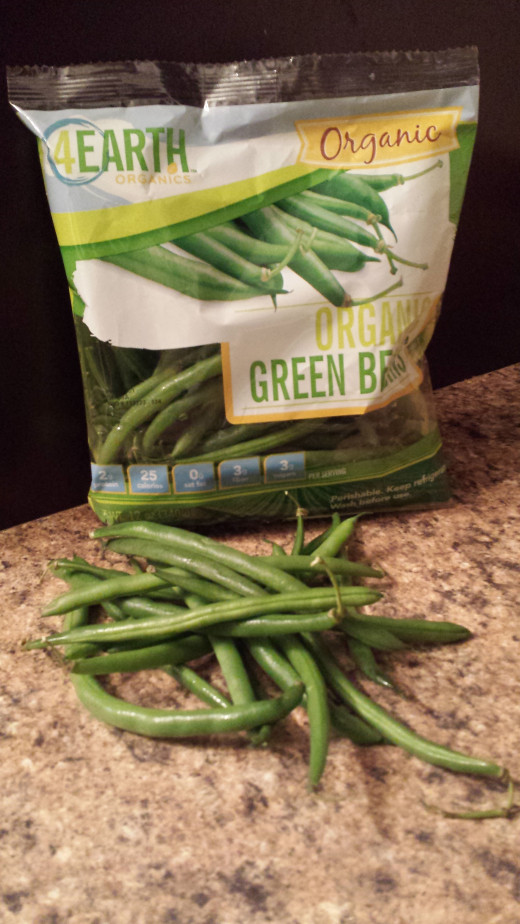
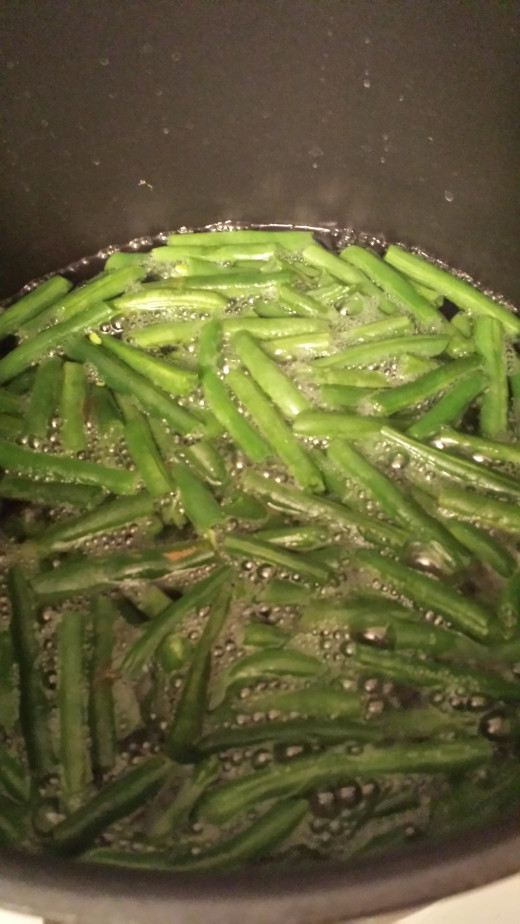
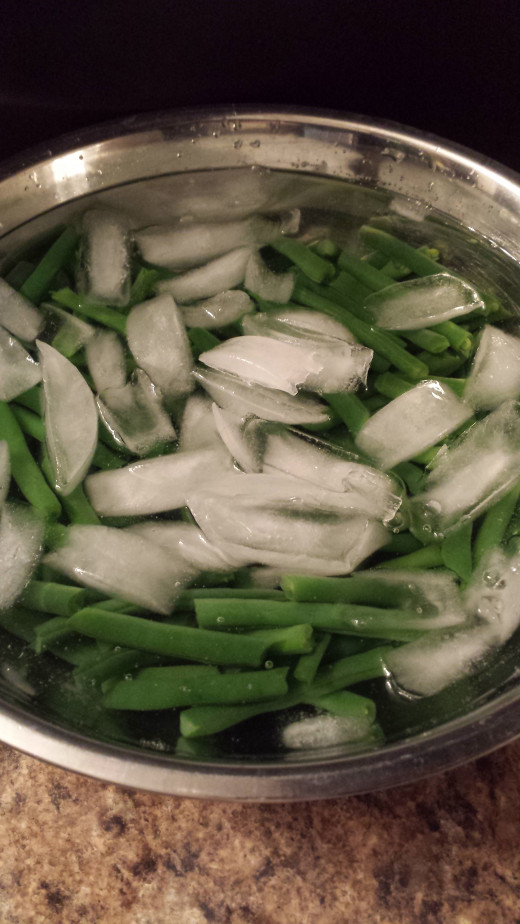
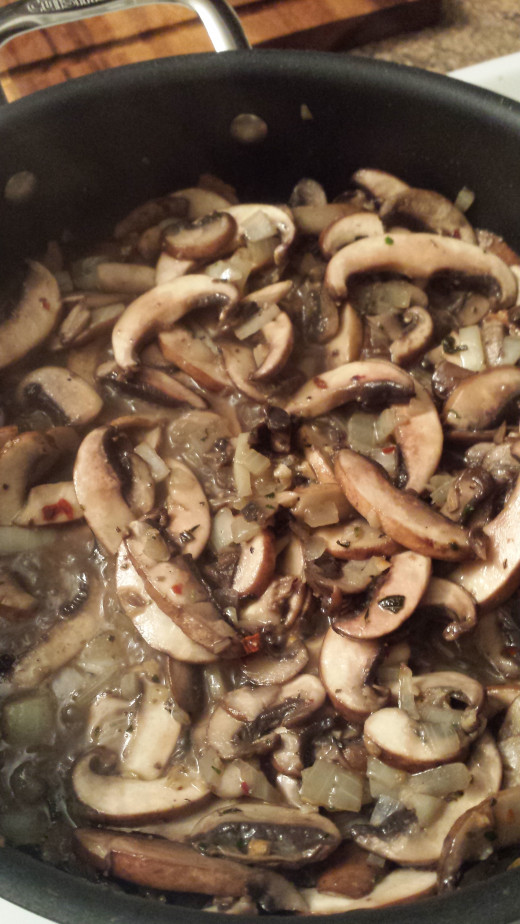
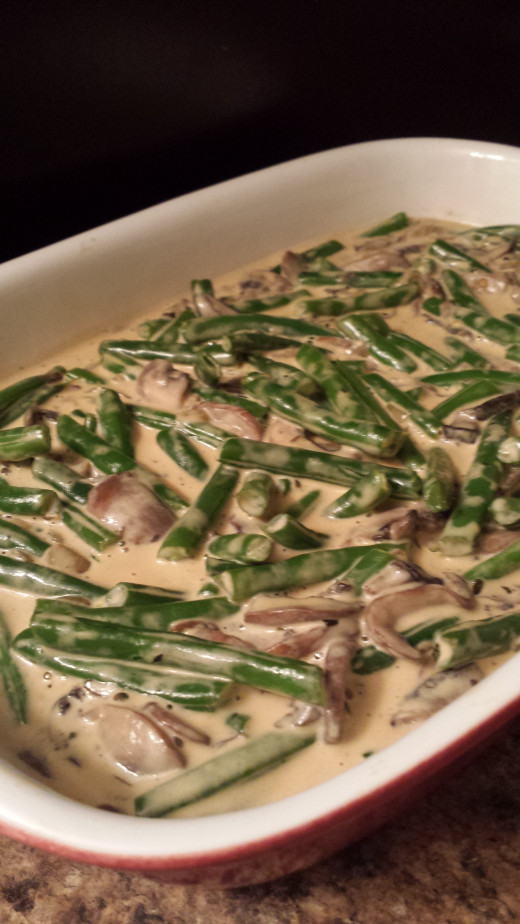
Cooking Instructions
- Wash and sort the green beans. Trim the ends and snap in half.
- Blanch the green beans for about 8 minutes in water and 2 teaspoons of kosher Salt.
- Plunge the green beans into an ice bath to stop the cooking process.
- Sauté the onions in the olive oil and butter until they become transparent.
- Add the garlic, 1 tsp kosher Salt, herbs, pepper, red pepper flakes, and mushrooms. Continue to sauté until the mushrooms are just tender.
- Move mushroom mixture to casserole dish. Reserve the liquid. Drain the green beans and place in Casserole dish.
- For the sauce, return the mushroom broth to the skillet and add 1 cup of chicken stock and soy sauce. Bring to boil.
- While the stock is warming, whisk together the cream and cornstarch. Slowly add the cream mixture to the stock and stir over medium heat until the sauce thickens to a gray like consistency.
- Pour the sauce over the vegetables and stir to combine. This can be refrigerated over night if desired.
- Place in a 350 degree oven and bake for 20 minutes.
- Top with dehydrated onions and return to the oven for 3 to 5 minutes or until the onions are golden brown. Serve and enjoy.
Nutrition Data for a Healthier Green Bean Casserole
| Nutrition Facts | |
|---|---|
| Serving size: 1 cup | |
| Calories | 102 |
| Calories from Fat | 54 |
| % Daily Value * | |
| Fat 6 g | 9% |
| Saturated fat 3 g | 15% |
| Unsaturated fat 3 g | |
| Carbohydrates 11 g | 4% |
| Sugar 3 g | |
| Fiber 3 g | 12% |
| Protein 3 g | 6% |
| Cholesterol 16 mg | 5% |
| Sodium 613 mg | 26% |
| * The Percent Daily Values are based on a 2,000 calorie diet, so your values may change depending on your calorie needs. The values here may not be 100% accurate because the recipes have not been professionally evaluated nor have they been evaluated by the U.S. FDA. | |
Campbell's Classic Green Bean Casserole Recipe
Recent Trendes in Genetically Engineered Crops in the US
What About Frozen Green Beans?
A lot of people make their green bean casserole with frozen green beans. Personally, I strongly dislike the rubbery texture of most frozen green beans, but this one simple change can alter the nutritional data quite a lot. The fat amounts would not change. It would have one more carb, but one fewer grams of sugar and fiber. The protein difference is negligible. The change would cut out 517 mg of sodium. The amount of vitamin A, Calcium, and Iron would increase slightly. Vitamin C would increase by nearly 2 percentage points.
The Inevitable Historical Tidbit
Most food companies develop recipes for the products. Today a lot of food packaging and commercials include recipes, recipe ideas or ways to “make a dish your own”. In the fifties some companies would publish short recipe pamphlets or print features in various newspapers or magazines to gently encourage people to buy their products. The Campbell Soup Company was one such company.
Campbell soup published a feature in the Associated Press that contained the recipe for the Green Bean Casserole in 1955. The recipe, which was originally titled “Green Bean Bake”, was created by Dorcas Reilly in the Campbell Soup Home Economics Kitchen located in Camden, New Jersey. Dorcas was a supervisor in the test kitchen and contributed hundreds of other recipes during her time at Campbell.
Her goal at the time was to make a simple dish using ingredients that most people had in the pantry. Most would say she accomplished her goal and created a culinary American icon that is served in about 40% of all American households on Thanksgiving and graces the table of innumerable potluck dinners. In 2002, the original recipe (which did not contain soy sauce, by the way) was inducted into the Inventor’s Hall of Fame in Akron, Ohio.
The Onions
The usual onions, those delicious golden goodies in the plastic container, won't do for this recipe. The ingredient list includes wheat. I really struggled trying to come up with a crunchy onion that want coated in flour or fried.
Then I remembered the dehydrated onions that I use in soup mixes and spice blends. They maintain the element of crunch with out being floured or fried. If gluten isn't a concern for you or your guests you might consider a few other alternatives. Martha Stewart uses shallots dredged in flour and fried. Alton Brown slices onions and coats then in flour, panko, and salt and then bakes them. If you have any ideas on how to keep them crunchy and healthy I'd love to hear them.
To prepare the onions, slice a Vidalia onion into 1/8" thick slices. This is easier if you use a mandolin. I like to gently break the onions into rings and then lay them in a single layer on the dehydrator trays. Dehydrate at about 130 degrees Fahrenheit for 8 to 12 hours until the onions are dry and crisp.
This can also be done in the oven. Just set the oven to 130 degrees Fahrenheit. Place the onion slices in a single layer ona cookie sheet and bake 6 to 12 hours.
Any left over dried onion can be stored in a zip lock baggie or jar in the freezer. You can also store then in an airtight jar in your pantry. Dried onions are very handy to have around and can be ground into a powder in the blender.
Dehydrating Onions
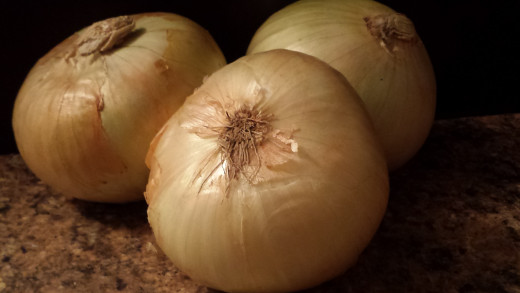
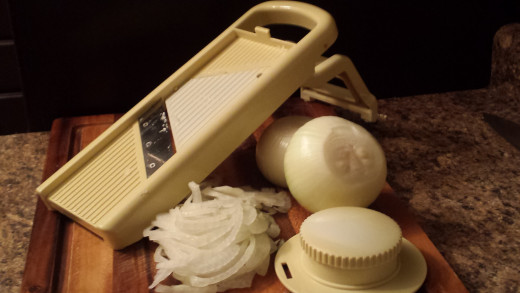
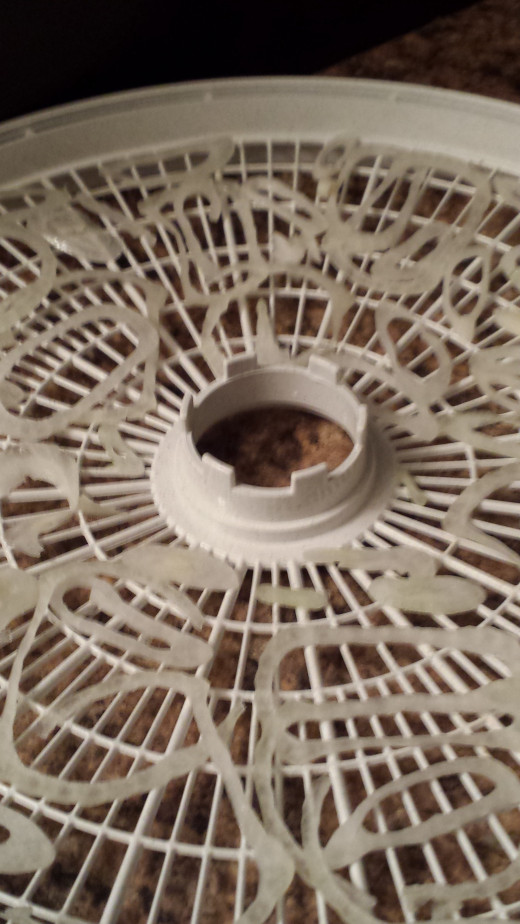
Variations
Just like the classic, this recipe leaves plenty of room for variations. If fat is a concern, the butter can be replace with olive oil and the cream can be replaced with milk. I like the cream because it gives the dish a more luscious flavor, a thicker consistency, and a smoother mouth feel. You could also use your favorite mushroom instead of portobello or try topping it with some of your favorite freshly grated cheese. Please share your own variations in the comments.
Alton Brown's Take on Green Bean Casserole
- Best Evergreen Bean Casserole Recipe : Alton Brown : Food Network
Get this all-star, easy-to-follow Best Ever Green Bean Casserole recipe from Alton Brown.
Martha Stewart ' s Version of Green Bean Casserole
- Green Bean Casserole Recipe | Martha Stewart
For this gourmet take on a potluck classic, the casserole is assembled and the shallots are cooked ahead of time. Just before serving, pop the dish under the broiler for about 10 minutes.

